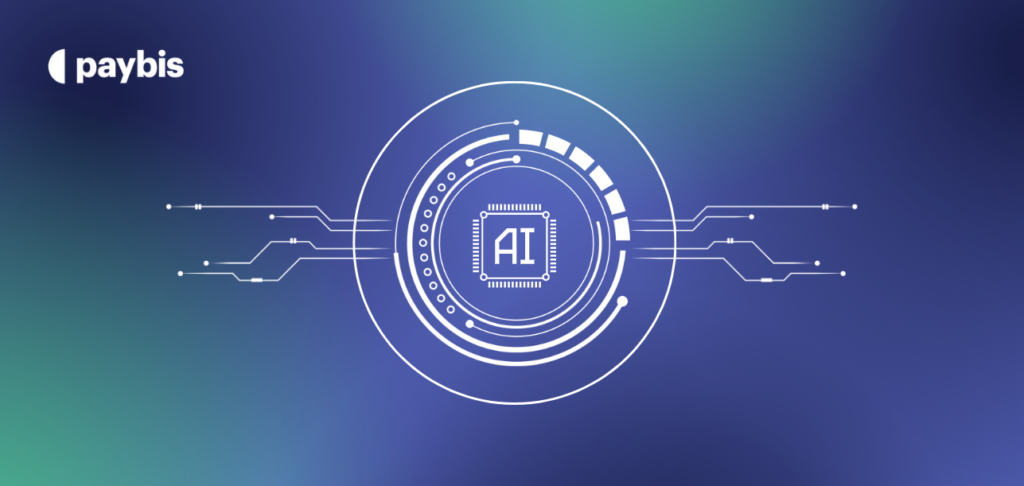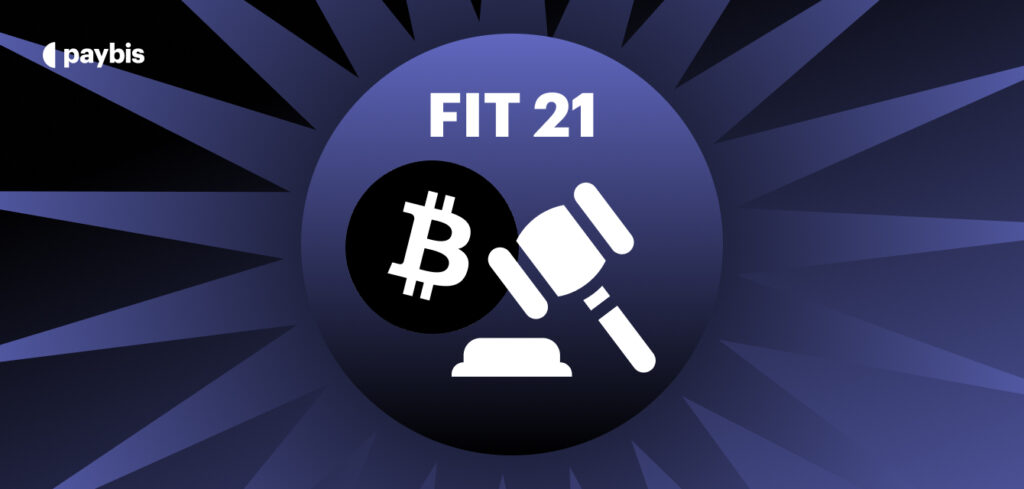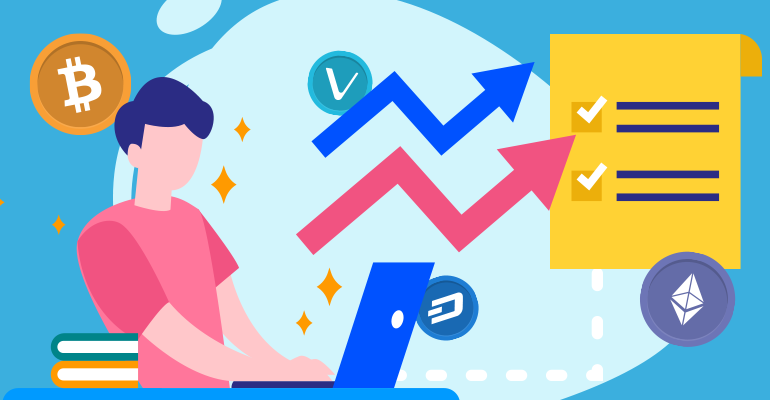Real World Assets (RWAs)
Real World Assets (RWAs) are physical or traditional financial assets, like real estate, stocks, or commodities, that are tokenized and represented on the blockchain. This allows them to be traded, owned, or managed digitally with greater efficiency and accessibility.
What are Real World Assets (RWAs)?
Real World Assets (RWAs) are tangible or traditional financial assets, like real estate, bonds, art, or precious metals, that are digitized and brought onto the blockchain via tokenization.
By representing these assets as tokens, they can be traded, transferred, or split into fractional ownership more easily and transparently. RWAs bridge the gap between decentralized finance (DeFi) and traditional markets, enabling on-chain access to off-chain value.
Platforms like Paybis make it easy to access digital assets, and RWAs represent the next step in connecting real-world value to the crypto economy.
Defining the Background of RWAs
The concept of tokenizing physical assets began gaining traction as blockchain technology matured. Traditional markets have long faced issues like high entry barriers, lack of liquidity, and opaque ownership records.
Tokenizing RWAs aims to solve these problems by turning real assets into programmable digital tokens. This approach has attracted institutional interest, especially in areas like tokenized treasury bonds, real estate funds, and commodity-backed stablecoins.
With regulatory clarity improving, RWAs are becoming a central focus in the next wave of blockchain adoption.
RWA Usage
RWAs are used across sectors: real estate platforms tokenize property for fractional investment, fintech startups issue tokenized government bonds, and gold-backed stablecoins allow for blockchain-based exposure to commodities.
In DeFi, RWAs are being integrated into lending and borrowing protocols, where tokenized assets can serve as collateral or generate yield. These innovations are helping traditional investors enter blockchain ecosystems while giving crypto users access to real-world value streams.
FAQ
What types of assets can be considered RWAs?
RWAs include anything with real-world value: real estate, stocks, bonds, commodities, invoices, art, and more. If it can be legally tied to a digital token, it can be classified as an RWA.
How are RWAs brought onto the blockchain?
Through tokenization, converting ownership rights of a real asset into a blockchain-based token. Smart contracts help enforce rules, while custodians or legal structures ensure the asset is properly backed.
Are RWAs safe to invest in?
Like all investments, RWAs carry risks, especially around legal enforcement, asset custody, and regulatory compliance. However, they also bring the benefits of blockchain: transparency, efficiency, and global accessibility.
How do RWAs impact DeFi?
RWAs expand DeFi’s potential by introducing stable, yield-generating, or collateral-worthy assets into decentralized protocols. They connect the crypto economy with traditional markets, making DeFi more diversified and resilient.
Disclaimer: Don’t invest unless you’re prepared to lose all the money you invest. This is a high‑risk investment and you should not expect to be protected if something goes wrong. Take 2 mins to learn more at: https://go.payb.is/FCA-Info


